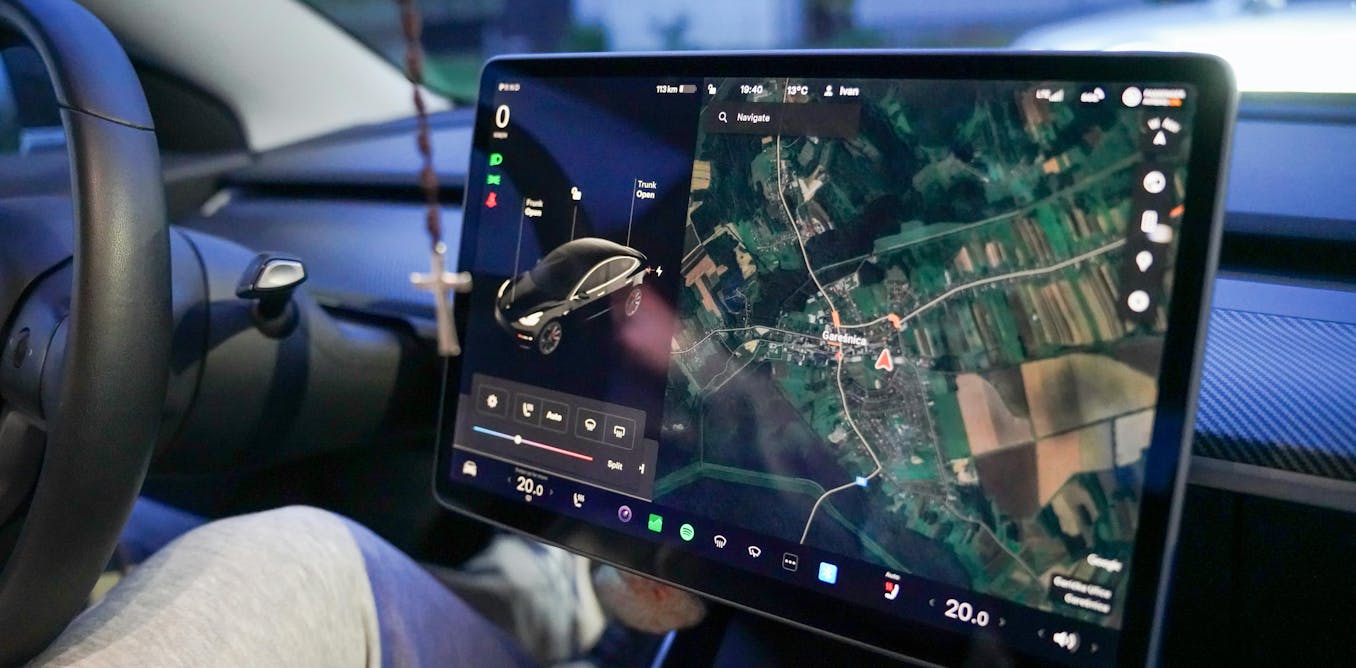Ground-based weather stations can tell you the temperature of the air just above a given spot, but their observations are often blocked by the terrain. Satellites can measure the temperature of the surface, but then it’s hard to use that information to infer the temperature of the air.
Deploying deep learning may be able to make that inference, say researchers from the Chengdu University of Information Technology and the China Meteorological Administration. They’ve developed a transformer-based neural network that crunches infrared observations from a weather satellite and spits out near-real-time temperature. During testing, the network the researchers call TaNet outperformed another machine-learning-based approach and established non-machine-learning-based models.
TaNet’s creators published their work in the IEEE Journal of Selected Topics in Applied Earth Observations and Remote Sensing on October 9, 2023.
TaNet’s polestar is FengYun-4A (FY-4A), a Chinese satellite that began sending weather data in May 2018. From geostationary orbit, FY-4A keeps ceaseless watch over a window of Earth’s surface between 50 degrees north and south and 40 and 140 degrees east, covering South and East Asia, the Indian Ocean, most of Australia, and slivers of Arabia and the Horn of Africa.
FY-4A observes surface temperatures in infrared, but TaNet’s creators wanted to use its observations to reconstruct air temperatures 2 meters above the ground. Such near-surface temperature does not necessarily correlate with surface temperature: Land, for example, cools and heats up more quickly than the air above it.
“Because the physical relationship between land surface temperature and near-surface Earth temperature is so complicated and non-linear, it’s actually pretty impossible to use a physical model. As far as I know, nobody has,” says Afshin Afshari, an urban physicist at the Fraunhofer Institute for Building Physics in Stuttgart, Germany, who was not involved with TaNet. “You have to use a black-box model.”
TaNet’s developers trained it to take in FY-4A’s infrared observations and output a corresponding near-surface temperature map from ERA5. Released by the European Centre for Medium-Range Weather Forecasts, ERA5 is the fruit of a process that climate scientists call renalysis: combing over prior observations with computational models to paint a detailed picture of Earth’s weather at a given point in time.
ERA5 is gold-standard data, but because it must be enhanced by the power of hindsight, it is not live. To get ERA5 data at all for a particular timestamp can take days; to get quality-controlled, validated data can take months. TaNET can work from FY-4A updates that come every hour, if not faster. “This means you have access to ERA5-quality data, but in real time,” Afshari says.
The researchers tested TaNET’s inference against two other renalysis-generated datasets (CRA, from China’s national weather service; and CFSv2, from the U.S….
Read full article: A Neural Network Takes Asia’s Air Temperatures

The post “A Neural Network Takes Asia’s Air Temperatures” by Rahul Rao was published on 11/28/2023 by spectrum.ieee.org





































